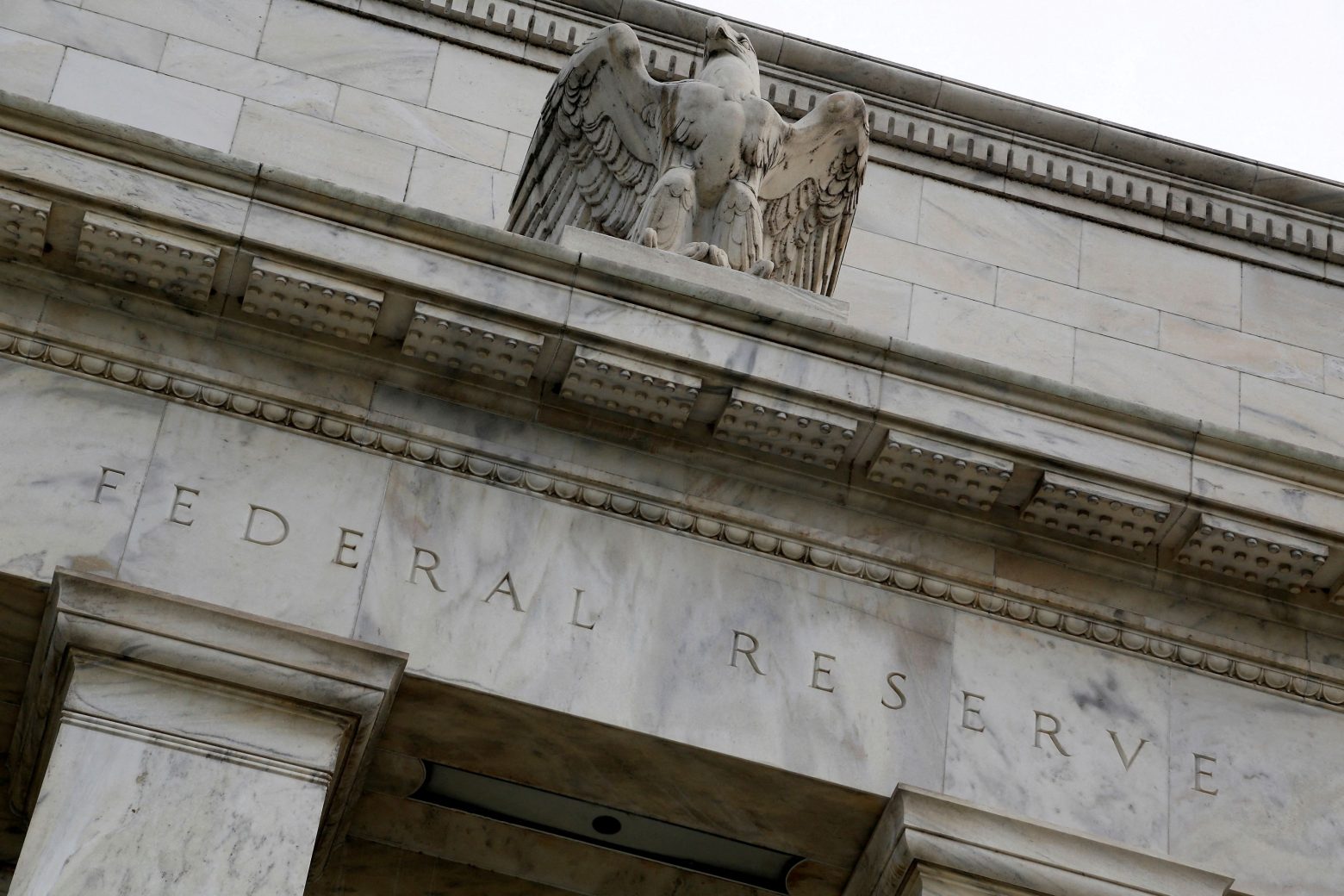
The following moves by the US Federal Reserve create fears in the markets as they are estimated to be the source of the next crisis.
Federal Reserve officials have taken a more hawkish stance lately as inflationary pressures persist, alarming the central bank. Significantly, markets are now pricing in a roughly 50-50 chance that the Fed will raise interest rates by another 25 basis points at its meeting on June 14, up from an 8.3% chance of a rise a month ago, according to CME’s FedWatch tool.
GOOLLSBEY – Fed: The rate hike cycle has yet to be felt
The disagreement of the Fed officials was also seen in the minutes of the last meeting where there were two opinions. On the one hand were the hawks who supported tightening monetary policy until inflation subsided and on the other hand the doves, who seemed to be outnumbered, who saw a slowdown in economic growth as “it may not be necessary to tighten further after this meeting”.
But since then there has been increasing talk of rate hikes between them, with Minneapolis Fed President Neil Caskary telling Reuters recently that “if I had to make a mistake, I would make the mistake of being too aggressive about cutting the rate of ‘inflation’.”
Federal Reserve among allies
Even if the goal is to reduce inflation, officials’ comments in favor of raising interest rates seem to pave the way for the next crisis in the markets, which will also undermine the central bank’s efforts to tame inflationary pressures. Simply put, the Fed’s attempt to steer the economy into a “soft landing” while maintaining financial stability now has a better chance of either taking the form of a “hard landing” or a longer, more turbulent downturn.
Fed officials are in a doomed position no matter what decision they make, explains former RBI governor and Chicago economics professor Booth Raghuram Rajan. Something is going to break.” He says characteristically and adds that the probability of some version of the soft landing of the economy is very small.
sources of anxiety
The extreme tightening of monetary policy after a decade of very cheap money exposed the risks and vulnerabilities of the business models. Although it remains unclear what the source of the coming storm will be, with vulnerabilities ranging from commercial real estate to asset management funds. It should be noted that this category of mutual funds is among the first choices for investors, as it recorded capital inflows of $756 billion since the beginning of the year.
Although the markets have calmed down in the aftermath of the recent banking crisis, many market players believe that the regional banking sector is still under stress and that multiple risks to financial stability remain. Tighter monetary policy could explode it or exacerbate the impact of other shocks, such as negotiations over the debt ceiling. These outbursts could lead to more Fed intervention, partially offsetting the policy tightening.
“The Fed doesn’t want to run monetary policy during financial crises,” Wendy Edelberg, director of the Hamilton Project at the Brookings Institution, told Reuters. Then they have to slow down.”
The contradictory messages of the Federal Reserve
After the Silicon Valley bank collapse in March, the Federal Reserve was forced to step in with tens of billions of dollars to provide emergency support to the banking system. Market executives argue that this has in fact reflected moves to tighten policy.
James Tabachi, CEO of South Street Securities, said: “The market is confused about whether the Fed is tightening or easing. We’re trying to follow what they’re going to do.
Systemic trauma can come from both familiar and unexpected ways. In its latest Financial Stability Report earlier this month, the Fed listed several areas of concern, including life insurance and certain types of bond funds and loans.
Caskary pointed to private markets, where although many experts expect risks to be limited, a lack of transparency means officials don’t fully understand the extent of bets being made on debt. Moreover, it is not always clear how financial institutions are interconnected.
“There is a lot of complexity and our vision is limited,” he says characteristically and concludes, “Unfortunately, this may not be revealed until there is a real problem.”

“Avid problem solver. Extreme social media junkie. Beer buff. Coffee guru. Internet geek. Travel ninja.”





More Stories
Financial Times: A Greek economic miracle with the country…the poorest in Europe
'Bears' Shoot Wall Street – Black Manta for GDP and Inflation – Newsbomb – News
How to find out the value of a used car in minutes – secrets that no one will tell you